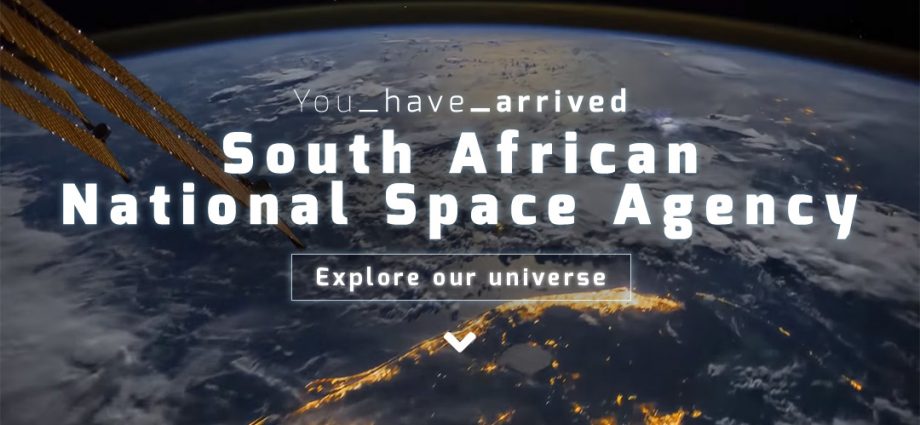DEPENDING ON THEIR MISSION. SATELLITES HAVE DIFFERENT ORBITS.

Weather and communication satellites are placed in Geostationary Orbits (GEO) at an altitude of 36,000 km above the equator, from which they have a constant gaze on the same region of the Earth. Other satellites are placed in Low Earth Orbits (LEO) between 400 and 600 km, which complete on average one orbit around the Earth every 100 minutes. Such orbits are used for remote sensing, navigation and positioning, and space weather applications.
Satellite communications is a key technology that enables us to participate in the global information infrastructure. Telecommunications networks are the most cost-effective way to ensure communications reach in areas where user density is lower than 200 subscribers per square kilometre. Space weather refers to the conditions in space that can influence the performance and reliability of space borne and ground-based technological systems.
Space weather is a consequence of the behaviour of the sun, the Earth’s magnetic field and atmosphere, and the Earth’s location in the solar system. Earth observation/remote sensing satellites use modern instruments to gather information about the nature and condition of Earth’s land, sea, and atmosphere.
These satellites use sensors that can ‘see’ a broad area and report very fine details about our environment. Satellite navigation uses satellites as reference points to calculate positions on Earth accurate to within a metre. With advanced techniques and augmentations, satellite navigation can provide measurements down to centimetre levels. The above mentioned applications define our modern lifestyle and contribute immensely to our quality of life. In addition, space-derived services are increasingly being used as a decision-making tool for policy choices relating to our political, social, economic and environmental challenges.

In order to ensure that South Africa capitalised on these benefits, the South African National Space Agency (SANSA) Act was passed in 2008, which aimed to align South Africa’s space activities under one roof. The SANSA Act mandated the formation of SANSA, and the agency was officially launched in 2010. On 1April 2011, SANSA came into existence and united several of South Africa’s efforts in Space Science and Technology under one banner. This included the Hermanus Magnetic Observatory from the National Research Foundation (NRF) and the Satellite Applications Centre from the Council for Scientific and Industrial Research (CSIR).The Hermanus Magnetic Observatory dates to 1841and is now the SANSA Space Science Programme.
In 1960, the facility at Hartebeesthoek became one of NASA’s 14 Satellite Tracking and Data Acquisition Network (STADAN) stations established around the globe. In 1975, NASA withdrew its involvement due to political instability and in 1980 it became the Satellite Applications Centre. The facility is now the SANSA Space Operations Programme. Also located at Hartebeesthoek at the time, the Earth Observation team had been receiving and processing satellite data since the first transmissions were received from LandSat1in 1972, which is now the SANSA Earth Observation Programme. Two additional Programmes were introduced, namely the Administration Programme and the Space Engineering Programme, to take care of the administrative and engineering requirements, respectively.
Over the past decade, SANSA has delivered an impressive array of products and services to meet the evolving needs of government. To date, the SANSA satellite archives have more than 150 terabytes of remote sensing data over Southern Africa dating back to the 1970s, which allows us to understand how our landscape has transformed over time.
SANSA currently tracks between 15 and 18 satellite passes every day and have consistently maintained over 98%success rate. SANSA also hosts the only internationally accredited regional space weather centre and our magnetic field data is considered the most continuous in the world and have been used since the 1960s, as one of four global stations, as a proxy for understanding mid latitude space weather phenomena. Our Antarctic base provides a crucial window into space where over 80%of the scientific equipment is space physics related –given that the magnetic field lines converge over the poles and phenomena occurring in space are mapped along these field lines.
SANSA also provides launch support services to foreign clients over the African region, as many of these clients lose sight of their rockets when it passes over Africa, at which point SANSA assumes control and issues commands for the various rocket stages and the eventual ejection of satellite payloads into orbit. In addition, we perform in orbit testing and orbital corrections for various satellite missions. These achievements have laid the groundwork for SANSA’s future plans, which include the recent announcement of a national Space Infrastructure Hub (SIH) worth R4.47 billion.
The SIH was chosen in 2020 as a Strategic Infrastructure Project (SIPS), indicating the importance by the South African Government to invest in space infrastructure as a national priority. The Hub is based on the concept of the space value chain and will include satellite builds for Earth observation and science missions, an expanded data reception, analysis and archiving capacity and a new data visualisation centre, the development of products and services for government and industry role players, along with human capital development efforts.
The SIH includes a pipeline of projects, some of which have already commenced, such as SANSA’s24-hour Regional Space Weather Centre, a Concurrent Engineering Design Facility, an Earth Observation Data Cube platform, and teleport services to track and receive data from hundreds of satellites. The investment in the SIH is intended to assist the Agency deliver on its full mandate to the citizens of this country and the region; whilst growing the local economy and creating much needed employment. Minister of Higher Education,
Science and Innovation, Dr Blade Nzimande, expressed his excitement about the future of SANSA, and especially the plans for the Space Infrastructure Hub, when he recently commented “I am heartened to witness the incredible contribution by SANSA to our people and the global space industry through knowledge generation, service support excellence to our space partners around the world and contribution to the local industry and our economy despite the budget constraints the Agency had to endure for a period of years.”




